 |
Jose Martin-Garcia |
 |
Rory Foulger, Fiona Law, Rohan Mehta and Joseph Stocke |
 |
Jason Harris Many everyday notations and structures in Mathematica now use TemplateBoxes in the front end, making it an important building block for developers. This presentation discusses multiple topics around this somewhat ... |
 |
Matthew Adams and John Pacey This talk details our efforts to bring the full power of Wolfram Language graphics to the Wolfram Cloud. We break down our next-generation graphics rendering system and give a sneak ... |
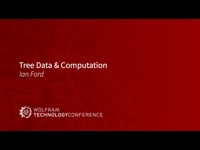 |
Ian Ford Trees are fundamental data structures in mathematics and science, with standard examples including XML trees, file systems and Wolfram Language expressions. We present symbolic Tree objects, added in Version 12.3 of ... |
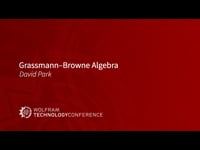 |
David Park The GrassmannCalculus application, based on the work of Grassmann and Browne, is described. One example, the derivation of coordinate equations for lines and planes in n-dimensional space, is presented. This ... |
 |
Jose Martin-Garcia, Jeff Bryant and Truman Tapia |
 |
Connor Gray Wolfram Language paclets are the standard way to extend the Wolfram System with new functionality. In this presentation, you will learn how to create and share high-quality paclets. |
 |
Giulio Alessandrini Machine learning superfunctions like Predict and Classify have tried to bridge the gap between beginner and specialist Wolfram Language users by offering a fully automated yet customizable pipeline. Over time, ... |
 |
Robert Nachbar This talk describes the development of the idea of using combinators to model chemical structures and how to use Wolfram Language to get there. |
 |
Joseph Butner This talk discusses the possibilities of using Mathematica within checkpoint inhibitor immunotherapy, a clinical approach to cancer treatment, to more accurately predict treatment outcomes allowing for even more personalized treatment ... |
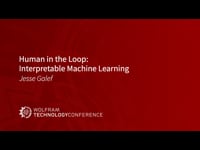 |
Jesse Galef This talk highlights both existing and upcoming tools in Wolfram Language that can be used to gain insight into machine learning models. |
 |
Richard Carbone Wolfram Language provides the ability to work with a broad range of capabilities that apply to various areas of forensic analysis frameworks. This presentation shows brief examples of complete applications, ... |
 |
Carol Johnstone Though accelerators represent a $500B industry, development of advanced and ultra-compact accelerator applications has been stymied due to dated or difficult-to-use design tools with limited optimization algorithms. This presentation covers ... |
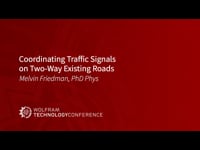 |
Melvin Friedman, PhD Phys Presentation shows how to coordinate traffic signals on Telegraph Rd, (a two-way road, 10.4 miles in length, with 21 traffic signals) so that motorists traveling at the recommended speed make every traffic ... |
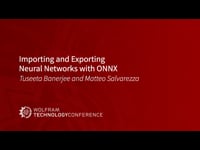 |
Tuseeta Banerjee and Matteo Salvarezza In this talk, we review the current state of the ONNX importer and exporter in Wolfram Language and show how to use their options and properties. With the help of ... |
 |
Ed Pegg In a sparse ruler, such as {0, 1, 6, 9, 11, 13}, all the distances can still be measured even though many marks are missing. The speaker has proven, by construction, that sparse rulers of any ... |
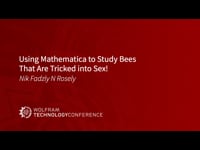 |
Nik Fadzly N Rosely This talk discusses an experiment to test whether machine learning via Wolfram Language can be "fooled" by images of natural flora in the same way that living species can be. |
 |
Daniel Carvalho This talk shows examples of how Wolfram Language can communicate dynamically with other popular programming languages and how to easily integrate Wolfram technology to create innovative resources and automation. |
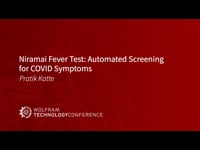 |
Pratik Katte This talk includes a detailed overview of deep learning for automated fever detection that led to the development of fever-test software that could help track early symptoms of COVID-19 in ... |